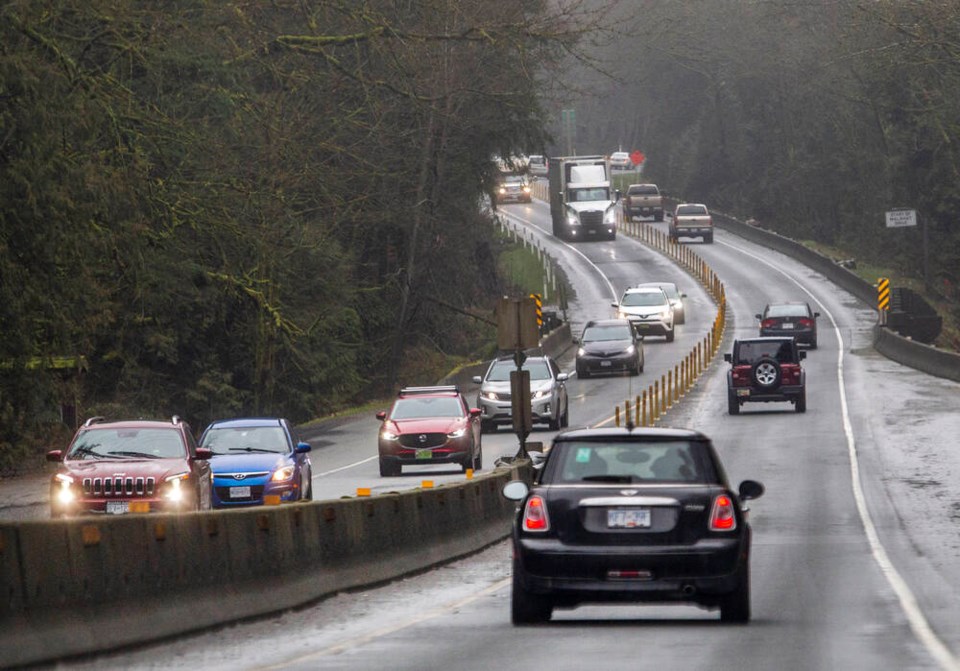We are now entering the time of year where we put some of the highest demands on our vehicles’ mechanical systems.
Rapid changes of temperature, including icy, wet and miserable road conditions put much more strain on the engineering and mechanics of your vehicle.
The best-case scenarios in a breakdown are having to wait for a while for roadside assistance to arrive. The worst case scenario is a defect, which could have been easily corrected, which causes a serious accident.
Generally, vehicles are better built now than any time in automotive history. That’s all thanks to robotics and computer guided laser precision. So crashes caused by ignoring a correctable defect that is part of routine maintenance is going to be on you.
Vehicle defects are a small percentage of the cause of crashes on our roads, but they are still a concern.
Here’s a top 10 list of vehicle defects which cause crashes:
10) Headlights and tail lights — At night you can’t see as well in the day, right? Vehicles operating without headlights at night fulfill Darwin’s theory of natural selection pretty quickly. Just as dangerous however are vehicles which have no brake or tail lights - especially in bad weather.
9) Faulty windshield wipers — This should be a no-brainer on Vancouver Island. But drivers being unable to see because their vision is reduced to a couple metres are courting disaster, especially for pedestrians.
8) Cracked windshields — There’s too many vehicles out there with spider webs - often right in front of the driver. In BC it’s an offence to have anything in or on your windshield which impairs your vision.
7) Broken seatbelts — While seldom the cause of an accident, its effect can be disastrous. We’re well past the debate stage on the effectiveness of seatbelts. So it behooves us to make sure they both function and are worn properly.
6) Belt failure — Underneath the hood a complex series of belts and pulleys control a vehicle’s cooling, electronic and steering systems. The failure of any of these systems can lead to crippling engine failure. Worst of all you could find yourself trying to control a couple of tonnes of moving metal without any mechanical backups.
5) Broken door latches — Surprisingly this is a significant concern. Broken pawl springs inside may cause the door to bounce back open, when slammed shut, causing injury, or worse, pop open while a vehicle is in motion.
4) Fuel system — Ill-maintained systems may cause stalling, which always happens at the worst moment. Leaks in a fuel system are often the cause of vehicle fires.
3) Suspension and alignment defects — Vehicles which pull or bounce or make weird clunky noises from the front end may have any number of defects with their shock absorbers, ball joints and struts etc. These doohickies support your vehicle’s weight and allow for safe smooth turns. Rollover accidents are often the result of defects in these components.
2) Faulty brakes — Are you hearing lots of grinding and squealing as you brake? Do you have to correct your steering because you’re being pulled to one side when you are stopping? Your brakes are telling you something. Could there be a worse feeling than pushing the brake and nothing happens?
1) Defective tires — US authorities record that only 2% of crashes are caused by vehicle defects. However 35% of “defect crashes” are caused by faulty or improperly maintained tires. Tires aren’t cheap anymore. Accident repair costs way more.
Glove Box: Winter is certainly making us pay already this year. It was still hot just a month ago. What gives? So it’s reminder time about winter tires.
All season tires are not winter tires. A legit winter tire has an M+S letter symbol on it, or a three-peaked mountain symbol, or both. Winter tires are softer than summer or all-season ones so they can grip into snow and slush better. That softness also means they stay more flexible in cold temperatures.
A newer alternative is the all-weather tire. With a deeper and more zig-zaggy tread pattern, they have the proper winter designations and work well in the minor winter conditions we usually see around here - (he said, praying that we don’t have another 1996).
The upside of the all-weather is you don’t have to bother with that annoying, and surprisingly expensive, twice yearly change over.
The downside is that being softer tires they won’t last as long as all the season types when they are driven all year round.



